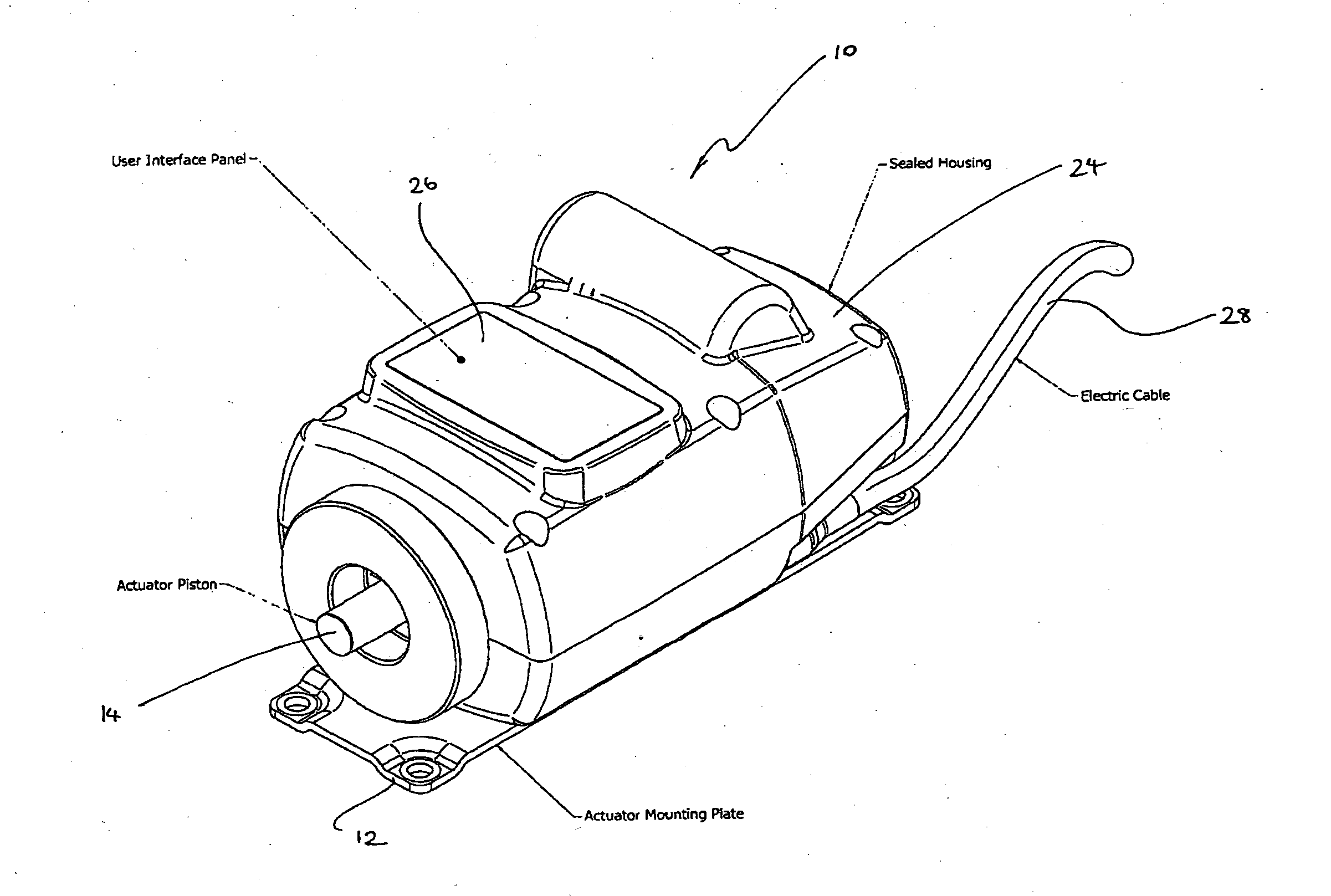However, this leads to situations in which the trailer's brakes do not function when required.3. Frequently, systems that utilize a cable to operate the trailer brakes are not adjusted sufficiently by the operator.
This results in situations where the trailer is felt to “thump” as the slack in the cable is suddenly taken up by the overrun mechanism or the overrun mechanism runs out of
stroke and hits the “end stop”.
Both scenarios significantly reduce the effectiveness of the trailer brakes and in extreme cases may in fact mean there is no braking effort from the trailer at all, placing significant additional load to the tow vehicle's braking
system.4. In hydraulic systems employing overrun actuators problems arise from insufficient line pressures due to poorly sized components or from poorly bled brake lines.
These problems manifest in poor trailer braking performance.
Although this concept works well more often than not, the operator is too busy concentrating on driving and simply forgets or cannot access the override button / lever effectively.
However, the applicant has identified that problems with systems of this type include the following:1. In-Car Controllers are costly, and require qualified technicians to install.2. In-Car Controllers are cumbersome and are required to be fixed to the interior of the tow vehicle within reach of the driver, normally being placed under the
steering column or on the
dashboard.
This poses a significant safety issue with regard to modern vehicles and
airbag deployment as well as considerable aesthetic issues.3. In-Car Controllers come in a vast range of sizes and power ratings, resulting in situations where an In-Car controller with a low
power rating may be used in conjunction with a trailer equipped with brakes on two or three axles.
In this case the In-Car controller may not provide sufficient power therefore brake performance may be dramatically reduced.4. Trailers fitted with electric brakes can only be towed by vehicles fitted with In-Car Controllers, and as highlighted in item 3, above, care needs to be taken to ensure the In-Car Controller is of a suitable
power rating.5. Due to their design, Electric Brakes are prone to
corrosion of the
drum brake and electrical connections.
This limits the application of electric brakes to markets such as caravans and horse floats where the trailers are not subject to being submerged in water, such as the case with boat trailers and off road caravans.6. Due the electric brake system being prone to
corrosion a trailer with electric brakes needs to be stored in an environment that does not promote
corrosion.7. As may be mandated in some jurisdictions, trailers over 2000 kg GTM require an automated function to apply the trailer brakes in the event of the trailer becoming dislodged from the tow vehicle—this being referred to as a “Break Away”.
The battery creates additional problems in that the vehicle operator must be aware of the charge level of the battery.
If the charge level is insufficient to hold the brakes on for the required duration the battery must be charged which can take significant time.
The trailer should not be towed until there is sufficient charge within the battery.8. In addition, as there is no control mechanism remaining with the trailer, when a Break away event is triggered, the trailer brakes are applied to full braking effort instantaneously.
To achieve this, hydraulic pumps with complex design and manufacture techniques are required.
This creates a significant expense and accordingly this style of actuator is only used on large boat trailers over 2000 kg GTM, where the cost of the device may be justified by the operator.2. These actuators also require the use of In-Car Controllers typically used in electric brake systems, accordingly these systems have the same problems associated with the In-Car Controllers of the electric brake systems, such as further expense, fitment by technicians, and fitment to interior of tow vehicle etc.3. Actuators that drive the pump while braking require a significant amount of power and therefore an In-Car Controller must have a very high
power rating.
The significant problem with this accumulation method is that the accumulator may become depleted when the
Brake Event
duty cycle is high, thus brakes may be unavailable or severely reduced in performance until the accumulator has time to recharge.5. Vehicles fitted with Proprietary In-Car Controllers can only be used to tow trailers fitted with matching brake systems.
As discussed above, in the section on electric brakes, a battery for break away events creates additional maintenance problems.
 Login to View More
Login to View More  Login to View More
Login to View More 


